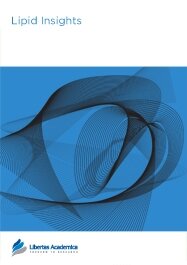


1Laboratório de Estudos Integrados em Bioquímica Microbiana, Instituto de Microbiologia Professor Paulo de Góes, Universidade Federal do Rio de Janeiro, 21941590, Brazil. 2Department of Microbiology and Immunology and the 3Division of Infectious Diseases of the Department of Medicine, Albert Einstein College of Medicine, 1300 Morris Park Ave, Bronx, NY, U.S.A. 10461.
Abstract
Fungal cells are encaged in rigid, complex cell walls. Until recently, there was remarkably little information regarding the trans-fungal cell wall transfer of intracellular macromolecules to the extracellular space. Recently, several studies have begun to elucidate the mechanisms that fungal cells utilize to secrete a wide variety of macromolecules through the cell wall. The combined use of transmission electron microscopy, serology, biochemistry, proteomics and lipidomics have revealed that the fungal pathogens Cryptococcus neoformans, Histoplasma capsulatum, Candida albicans, Candida parapsilosis and Sporothrix schenckii, as well as the model yeast Saccharomyces cerevisiae, each produces extracellular vesicles that carry lipids, proteins, polysaccharides and pigment-like structures of unquestionable biological significance. Compositional analysis of the C. neoformans and H. capsulatum extracellular vesicles suggests that they may function as ‘virulence bags’, with the potential to modulate the host-pathogen interaction in favor of the fungus. The cellular origin of the extracellular vesicles remains unknown, but morphological and biochemical features indicate that they are similar to the well-described mammalian exosomes.
PDF (490.51 KB PDF FORMAT)
RIS citation (ENDNOTE, REFERENCE MANAGER, PROCITE, REFWORKS)
BibTex citation (BIBDESK, LATEX)

The submission and publishing process was a good experience. During the last few weeks from the submission to publication I have worked with high quality staff. In my opinion, the easy communication was the most important characteristic of Libertas and an important influence on the final quality of the article. I definitely recommend the publisher to my co-workers.
Facebook Google+ Twitter
Pinterest Tumblr YouTube